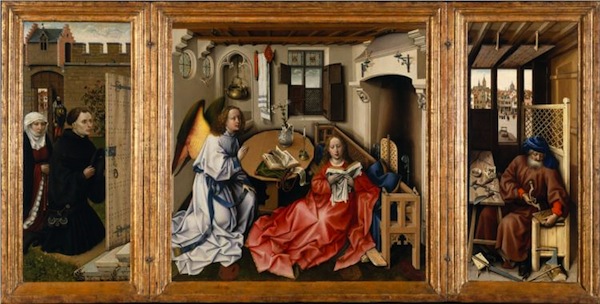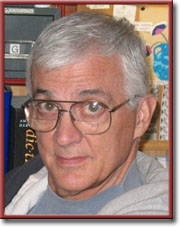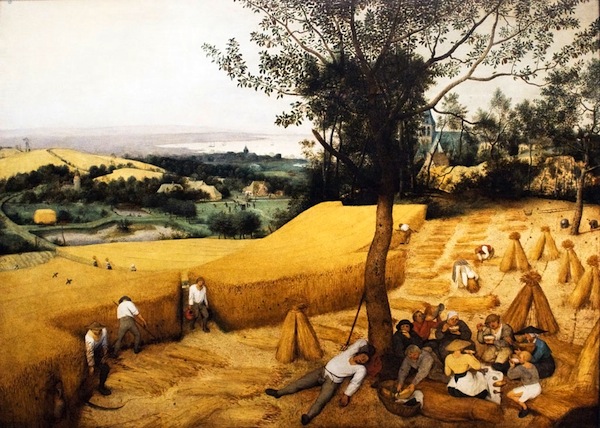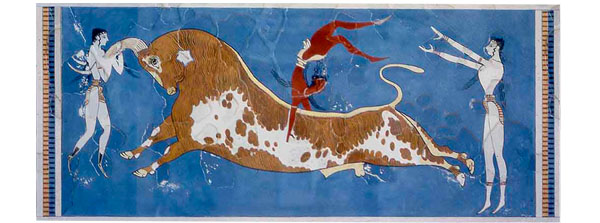Standing on a Whale Fishing for Minnows: Seeing
Skip the B.S.
By Skip Eisiminger

“The older my ‘Presbyterian’ eyes get, the more I realize that the world, including my reflection in the mirror, looks a lot better when I take my glasses off. Indeed, it was Anton van Leeuwenhoek, maker of the first microscope, who proved that viewing something too closely has its dangers. After scrutinizing pond water, blood, and semen, this pioneer decided that he needed to see gunpowder exploding up close. He placed some black powder grains on a glass slide, lit a fuse, and then adjusted the focus on his scope as the flame crept closer to the powder. It’s a wonder he was not blinded, but my guess is that the small explosion happened so fast all he saw was a flash of light, which bolsters my contention that foresight is about 20/100 while hindsight is 20/10.” Skip Eisiminger
“Hindsight is an exact science.”—Guy Bellamy
“Frustration is looking for your glasses without your glasses.”—Sneuro
 CLEMSON South Carolina—(Weekly Hubris)—4/22/2013—One of the joys and dangers of teaching art history is close observation. Looking at a painting on a museum wall or in a textbook, most first-year students “see through a glass darkly”: some can’t see the forest for the trees; others can’t see the trees for the forest.
CLEMSON South Carolina—(Weekly Hubris)—4/22/2013—One of the joys and dangers of teaching art history is close observation. Looking at a painting on a museum wall or in a textbook, most first-year students “see through a glass darkly”: some can’t see the forest for the trees; others can’t see the trees for the forest.
I recalling lecturing on Robert Campin’s triptych, the Mérode Altarpiece, and urging my juniors and seniors to look closely at the artist’s intricate use of detail, such as the mousetrap Joseph is constructing in his back-room shop. At least one art historian has built a replica of the trap and concluded it would never catch mice much less Satan. Another thing it won’t catch is the Holy Spirit diving headlong toward the Virgin’s womb in the center panel. Indeed, only if one squinted at the tiny reproduction in the text we were using could one see the Jesus sperm in midflight. Of course, as soon as I said “sperm,” every head in the hormone-charged room plunged into the text looking for the nude homunculus carrying a miniature cross.
A week or so later, one bright, confident fellow announced that he‘d bought a hand glass. I congratulated him and asked if he’d discovered anything on his own. “I have,” he announced. “There’s a scrotal irregularity in the Kritios Boy.”
“Scrotal irregularity?”
“In that sculpture covered on the last test,” the student said,“the right testicle hangs lower than the left.” Even without help, the entire class, now in stitches, could see he was right, and I was left trying to convince them that in about 30 percent of males, the right testicle does hang lower. “If you don’t believe me,” I said, “ask a tailor. Of course, it’s no big deal either way.”
Recalling how I was at 20, I imagine few of my students will forget that lesson discovered through the hand glass. Indeed, natural or enhanced vision has been responsible for many discoveries over the centuries. In no particular order, the steam engine grew out of the tea kettle; the idea of making paper from wood pulp came from observing wasps constructing a nest; the circulation of blood, rather than its ebb and flow, dawned on William Harvey while watching firemen operate a hand pump; Velcro emerged from the hooks observed on burdock seeds which clung to woolen trousers; and, of course, almost all we know about space beyond the moon we owe to long hours of peering through a telescope.
Thanks to my parents’ subscription to LIFE in the 1950s and 60s, I started to see the world through the eyes of Lennart Nilsson and other great photographers of the era. To this day, I brush my teeth and wash my hands with a special vigor because of two photographs that captivated me almost 50 years ago: one showed tooth enamel at such a magnification that what I had always assumed to be a surface impervious as porcelain was alarmingly porous. The second depicted the skin magnified until the pores were an inch in diameter. That in itself would not have been too bad except that in each pore were several mold-green bacteria. Perception, as they say, is the reality you respond to; change the perception, and change the reality.
The older my “Presbyterian” eyes get, the more I realize that the world, including my reflection in the mirror, looks a lot better when I take my glasses off. Indeed, it was Anton van Leeuwenhoek,maker of the first microscope,who proved that viewing something too closely has its dangers. After scrutinizing pond water, blood, and semen, this pioneer decided that he needed to see gunpowder exploding up close. He placed some black powder grains on a glass slide, lit a fuse, and then adjusted the focus on his scope as the flame crept closer to the powder. It’s a wonder he was not blinded, but my guess is that the small explosion happened so fast all he saw was a flash of light, which bolsters my contention that foresight is about 20/100 while hindsight is 20/10.
Apropos of scrutiny, my wife recently introduced me to the Google Art Project (googleartproject.com) which permits on-line, microscopic examination of great art by rank amateurs. To understand what that means, with your magnifying glass in hand, step over the velvet ropes guarding the Mona Lisa the next time you visit the on-line Louvre. Even Mona would cease to smile knowing that the resolution is hundreds of times that of most cameras. According to Julian Raby, Director of the Freer and Sackler Galleries, “Gigapixel examination is a real game changer . . . .”
Indeed, clicking my way closer to the canvas has enhanced my understanding of several of the Old Masters’s works, but none more than Pieter Bruegel’s The Harvesters [http://en.wikipedia.org/wiki/Pieter_Bruegel_the_Elder].

This is a painting I taught for years without noticing what was going on in the background. In one scene, some children have tied a goose to a stake and are pelting it with sticks while several adults look casually on. Off in a shady nook are six women skinny-dipping in front of a monk ogling the fleshscape. Helpfully, he guards one woman’s clothes. While these scenes were meaningful additions to my understanding of 16th-century Flemish village life, I could have dispensed with the close-ups I obtained of Botticelli’s Birth of Venus. Even at less than full magnification, the exquisite face of the love goddess is dotted with blackheads; moreover, her nails are filthy and chewed.
I recall a ninth-grade biology teacher telling our class that most of us have our eyes closed nearly nine hours out of the day: eight hours while sleeping and about an hour while blinking. She used this point to encourage students to make the most of the time their eyes were open. In her lab class, we were required to stipple, not shade, to convey a sense of roundness in our drawings. Whether it was an amoeba or a leaf, everything had to be dotted in like those thumbnail portraits in The Wall Street Journal. White space was to be avoided like “dead air” on the radio. I’ve since learned that nature has plenty of voids, but stippling surely made me a better observer: the evidence is in the black-and-white wildflower guide I continue to color.
In the animal kingdom, human vision is ordinary at best, but then all creatures see as well as they need to. Rocky Mountain sheep are born with the ability to spot a predator ten miles distant. Human infants, on the other hand, have a difficult time focusing on their mothers’ faces. If humans could read at birth, we could see only the top line of the eye chart. If we were born shivering in a highland meadow, our vision would doubtless be sharper earlier.
What humans cannot see, they imagine: since 1970, Playboy has been publishing a Braille edition minus the pictures. And what we cannot imagine, we see through artificial lenses: the Hubble Observatory can see a candle’s flame at a distance of 5,000 miles, while the best electron microscopes can discern individual atoms. Like I said, we see as well as we need to, but our needs are constantly changing.
![]()
Note: Images of Robert Campin’s Mérode Altarpiece are in the public domain, but more may be found re the work at http://www.wikipaintings.org/en/robert-campin/the-m%C3%A9rode-altarpiece-1428.

2 Comments
eboleman-herring
Have I told you recently that I love your writing? :-) e
Skip
You can’t tell me that often enough. Let’s hope David likes it as well–he has promised to let me know something late this week.